Diving into the colorful world of saltwater aquariums can be both exciting and intimidating for beginners. While marine tanks require more attention than freshwater setups, selecting the right starter fish can make your journey much smoother. Unlike their more demanding relatives, beginner-friendly saltwater species are hardy, adaptable, and forgiving of minor water parameter fluctuations—perfect companions as you learn the ropes of marine aquarium keeping. This guide will introduce you to the most resilient and charming saltwater fish that can thrive under a novice’s care, helping you build confidence while enjoying the breathtaking beauty of your own slice of ocean.
Clownfish: The Iconic Beginner’s Choice
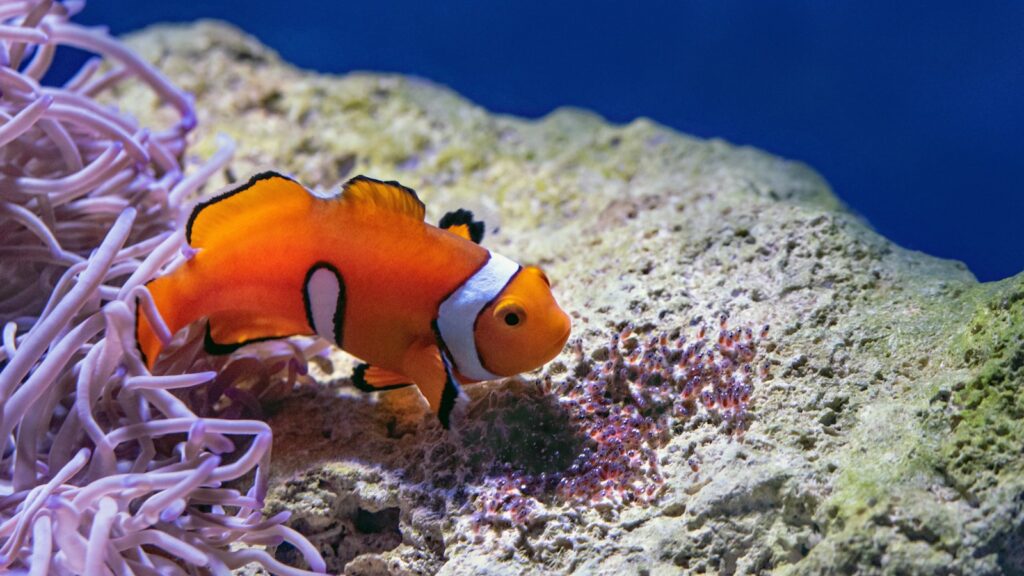
Made famous by “Finding Nemo,” clownfish are among the most popular and beginner-friendly saltwater fish available today. These charismatic orange and white striped fish are relatively hardy, adapting well to aquarium life and tolerating slight variations in water parameters that might stress more sensitive species. Ocellaris clownfish (Amphiprion ocellaris) and Percula clownfish (Amphiprion percula) are particularly recommended for newcomers due to their resilient nature and relatively peaceful temperament. They’re also one of the few marine fish regularly bred in captivity, making them a more sustainable and often hardier choice than their wild-caught counterparts. As an added bonus, many captive-bred specimens have already acclimated to prepared foods, reducing the feeding challenges that sometimes accompany wild-caught fish.
Blue/Yellow Damselfish: The Tough Trailblazers
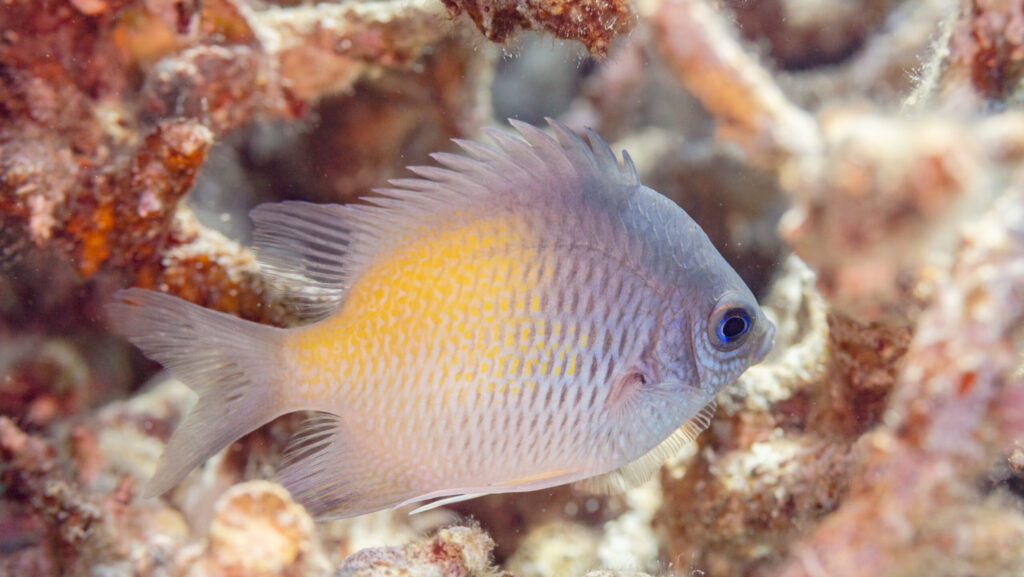
Damselfish, particularly the Blue or Yellow varieties, have long been considered the ultimate starter fish for marine aquariums. These vibrantly colored fish are exceptionally hardy, able to withstand conditions that would stress or kill more sensitive species, making them ideal for cycling new tanks (though fishless cycling is preferable). The Blue Damsel (Chrysiptera cyanea) and Yellow Damsel (Pomacentrus moluccensis) are particularly colorful options that bring bright hues to new setups while proving remarkably resilient. However, prospective owners should be aware of their potential territorial aggression as they mature, especially in smaller tanks or when kept with timid species. Despite this temperament issue, their unmatched hardiness and striking appearance make them a go-to option for beginners seeking their first saltwater fish experience.
Firefish: The Peaceful Showstoppers
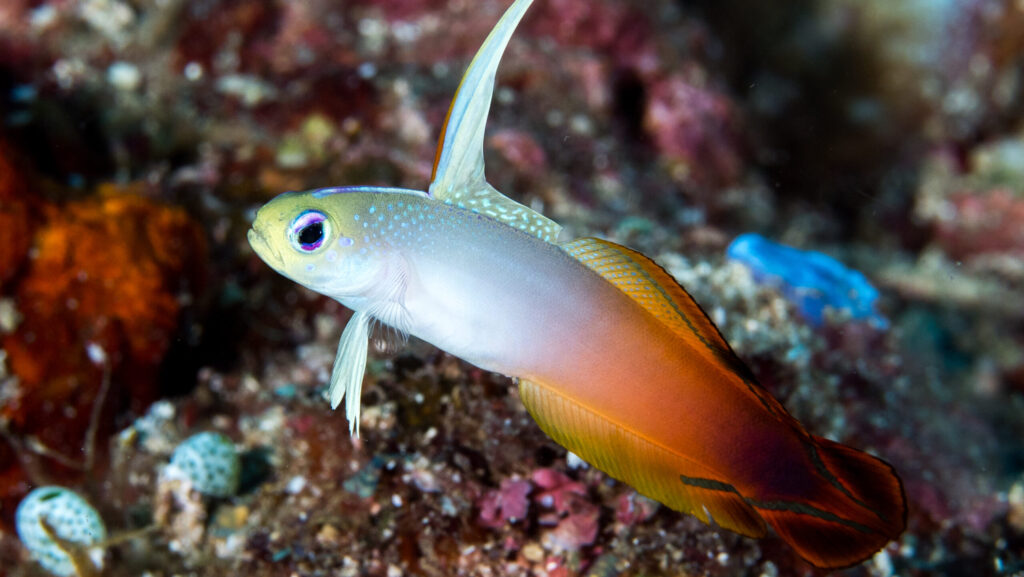
The Firefish, or Dartfish, offers beginners a peaceful, relatively hardy option with show-stopping looks. Their elongated bodies feature striking color patterns, typically with vibrant red or purple tail sections that give them their “fire” name. Purple Firefish (Nemateleotris decora) and Red Firefish (Nemateleotris magnifica) are both excellent choices for beginners, requiring only a peaceful environment with places to hide and retreat. Unlike some beginner fish that can become aggressive, Firefish remain gentle tank inhabitants that get along well with other non-aggressive species. These fish have a unique behavior of perching on rocks or coral and darting quickly to safety when startled, creating fascinating movement within your aquarium. Their only significant requirement is a secure lid, as they’re known jumpers who might leap from uncovered tanks.
Royal Gramma: The Regal Beauty
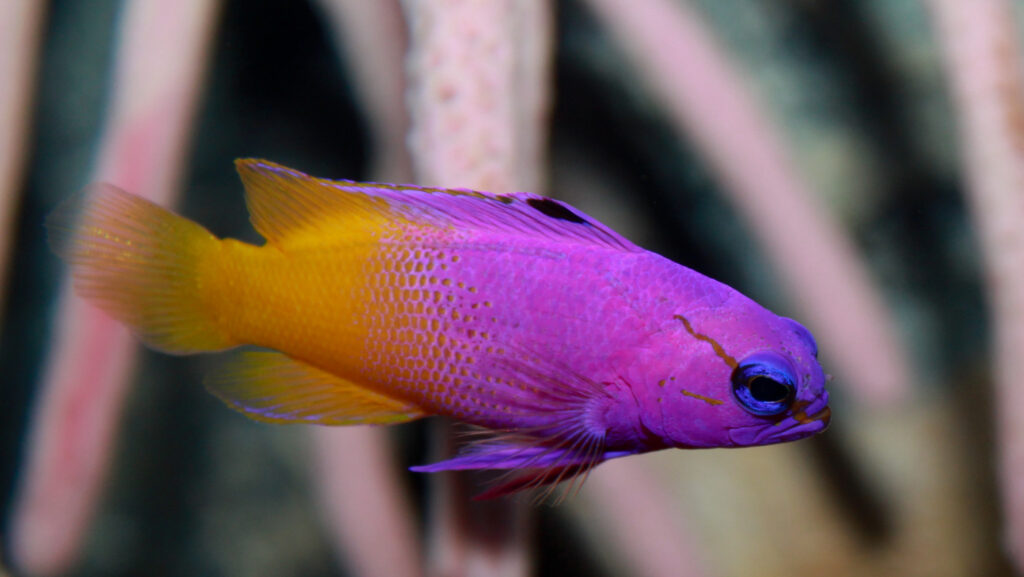
The Royal Gramma (Gramma loreto) combines striking good looks with a hardy constitution, making it an excellent choice for beginners. These fish display a stunning gradient coloration that transitions from vibrant purple at the front to a brilliant yellow at the back, creating one of the most eye-catching fish in the hobby. Despite their beauty, Royal Grammas are surprisingly tough, adapting well to established aquariums and showing resistance to many common marine diseases. They prefer tanks with plenty of rockwork to establish small territories and hiding spots, but generally remain peaceful toward similarly-sized non-aggressive tankmates. Their manageable adult size of around 3 inches makes them suitable for tanks as small as 30 gallons, though they appreciate more swimming space if available.
Chalk Bass: The Underrated Gem
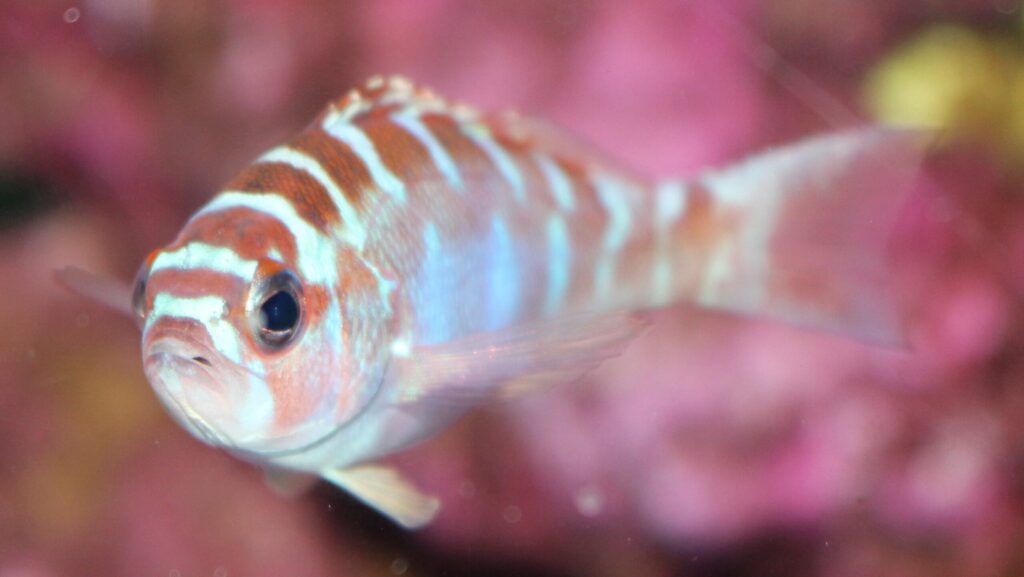
The Chalk Bass (Serranus tortugarum) represents one of the most underrated beginner-friendly saltwater fish in the hobby. These small, peaceful fish display beautiful patterns of blue, purple, and orange markings against a white background, giving them their “chalk” name despite their colorful appearance. Their hardiness is remarkable, tolerating a wide range of water conditions while remaining resistant to most common marine diseases. Chalk Bass rarely exceed 3 inches in length, making them suitable for smaller reef setups of 20 gallons or more when fully established. One of their most fascinating characteristics is being simultaneous hermaphrodites – each fish possesses both male and female reproductive organs, allowing pairs to trade egg-laying and fertilization roles during spawning.
Yellowtail Damselfish: The Hardy Workhorse
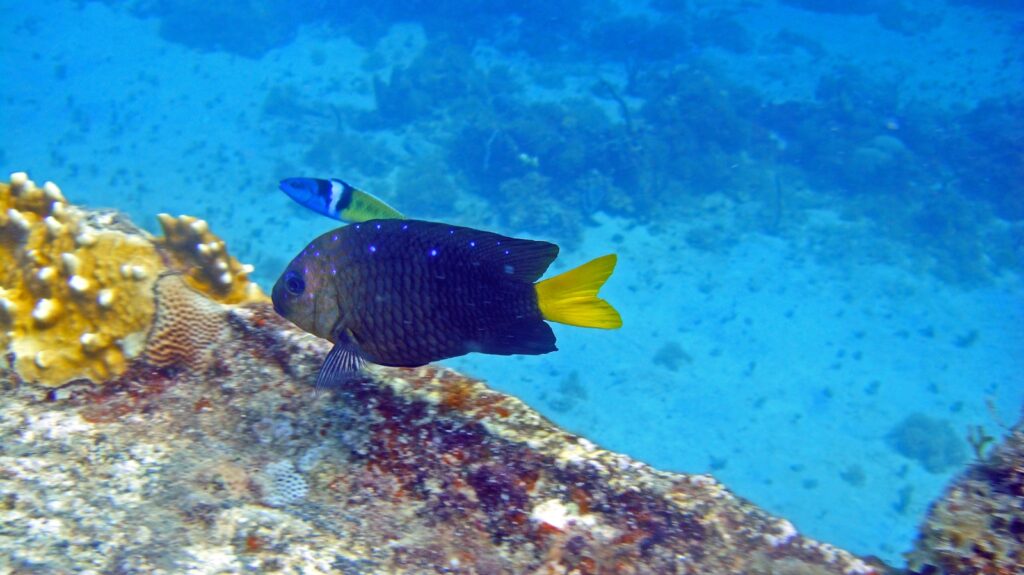
The Yellowtail Damselfish (Chrysiptera parasema) offers beginners a slightly more peaceful alternative to other damsel species while maintaining the family’s legendary hardiness. These attractive fish feature a deep blue body contrasted by a bright yellow tail, creating a striking visual display even in smaller aquariums. Their resilience makes them excellent candidates for newly established systems, often being among the first fish added to help mature the biological filtration. Unlike some of their more aggressive cousins, Yellowtail Damsels typically show moderate territorial behavior rather than outright aggression, though they still benefit from having their own small territory within the rockwork. Their modest adult size of approximately 3 inches makes them suitable for tanks as small as 30 gallons, provided they have adequate swimming space and hideaways.
Coral Beauty Angelfish: The Beginner’s Angel

While most angelfish demand experienced care, the Coral Beauty (Centropyge bispinosus) stands out as the species most suitable for dedicated beginners. These breathtaking fish display a rich purple-blue body adorned with orange-red vertical striping, providing reef-quality looks with unexpected hardiness. Their compact size of around 4 inches makes them appropriate for medium-sized tanks of 50 gallons or larger, unlike their larger angelfish cousins that require massive systems. Coral Beauties adapt well to prepared foods including quality flake, pellet, and frozen options, though they benefit from regular offerings of marine-based foods rich in spirulina and other algae. While they might occasionally nip at certain corals, many reef keepers successfully maintain them with careful selection of compatible invertebrates and close observation.
Bicolor Blenny: The Charismatic Personality
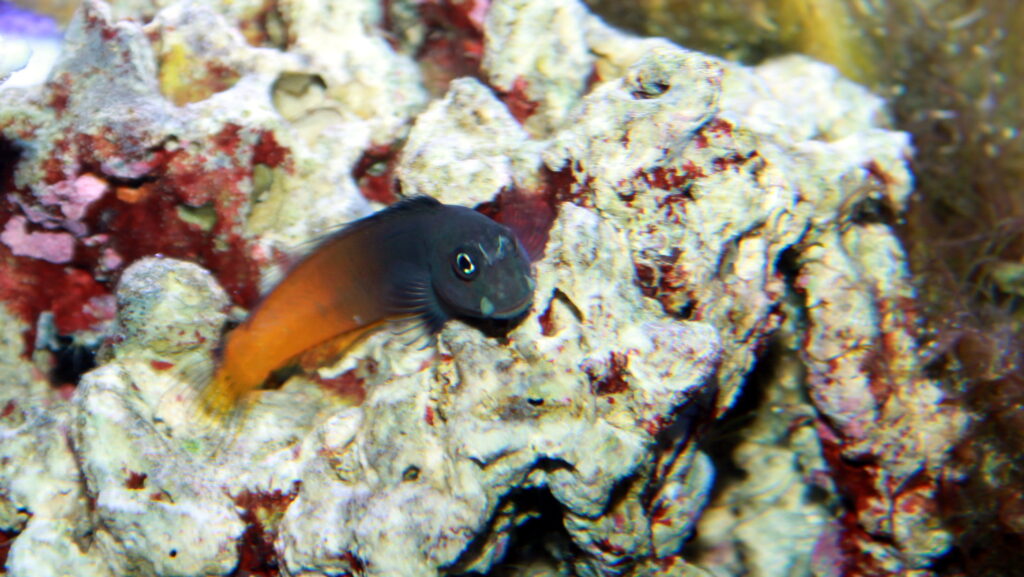
The Bicolor Blenny (Ecsenius bicolor) combines hardiness with enough personality to rival any fish in the marine hobby. These distinctive blennies feature a striking two-tone coloration, with canary yellow on the front half of their body and deep black or navy blue on the rear half, creating an unmistakable appearance. Their expressive faces and curious behavior make them fascinating to watch as they perch on rocks, scooting around to different viewing spots throughout the day. Primarily herbivorous, Bicolor Blennies help keep rocks clear of algae growth while requiring supplemental feeding with algae-based preparations and occasional meaty foods. Their peaceful nature makes them compatible with most community fish, though they may squabble with similar-looking blennies for territory within the rockwork.
Banggai Cardinalfish: The Elegant Breeder
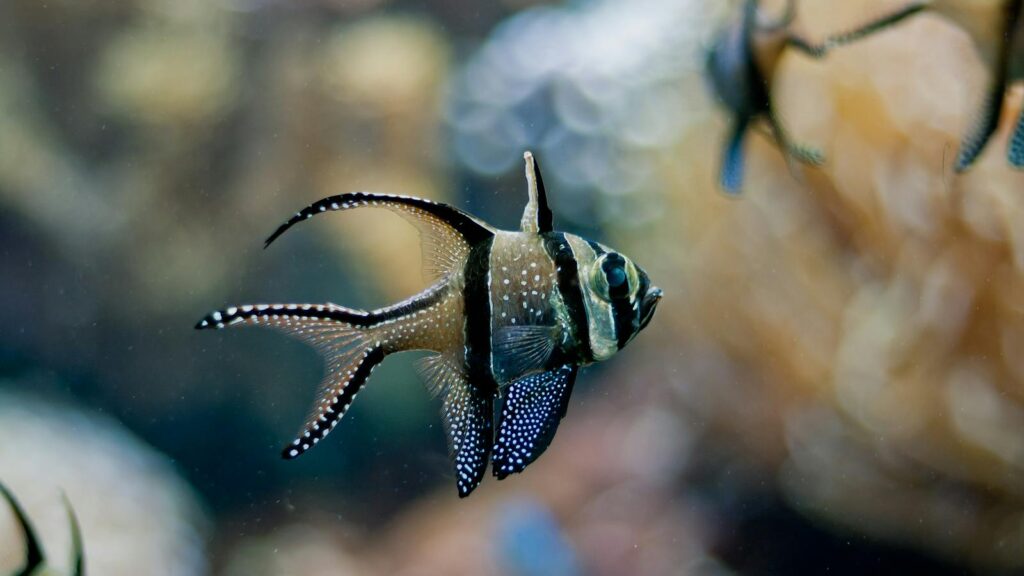
The Banggai Cardinalfish (Pterapogon kauderni) offers beginners a chance to keep one of the most elegant fish in the marine hobby. Their stark black-and-white striped pattern with scattered white spots creates a formal “tuxedo” appearance that stands out in any aquarium. Unlike many marine fish that require complex breeding setups, Banggai Cardinals have been known to successfully breed in home aquariums, with males mouthbrooding the eggs and fry. They prefer peaceful community tanks with plenty of hiding places among rockwork or coral branches where they often hover in small groups. Their manageable adult size of around 3 inches and preference for calmer water flow makes them suitable for tanks as small as 30 gallons when properly maintained and established.
Green Chromis: The Peaceful Schoolers
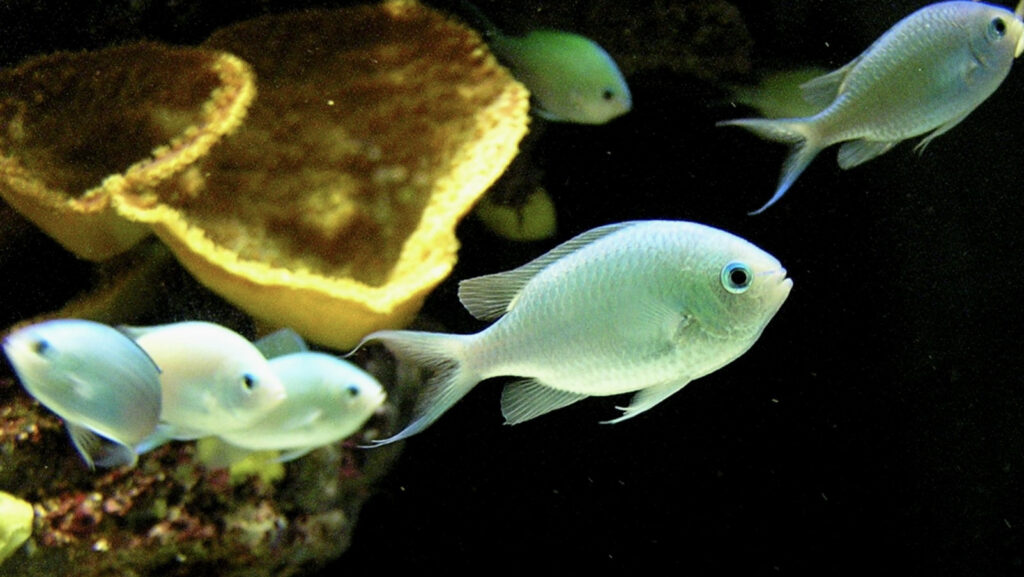
The Green Chromis (Chromis viridis) represents the perfect opportunity for beginners to experience the beauty of schooling marine fish. Their iridescent blue-green coloration catches and reflects aquarium lighting beautifully, creating moving flashes of color as they swim in groups. Unlike many beginner fish that can be territorial, Green Chromis thrive in groups of 5 or more, creating natural schooling behavior that mimics their wild reef environment. Their peaceful nature makes them compatible with virtually all other non-predatory marine fish, allowing beginners to build community tanks without aggression concerns. With a modest adult size of around 3-4 inches and relatively undemanding care requirements, these fish bring movement and life to the middle areas of the aquarium where other species might not venture as frequently.
Six Line Wrasse: The Colorful Pest Controller
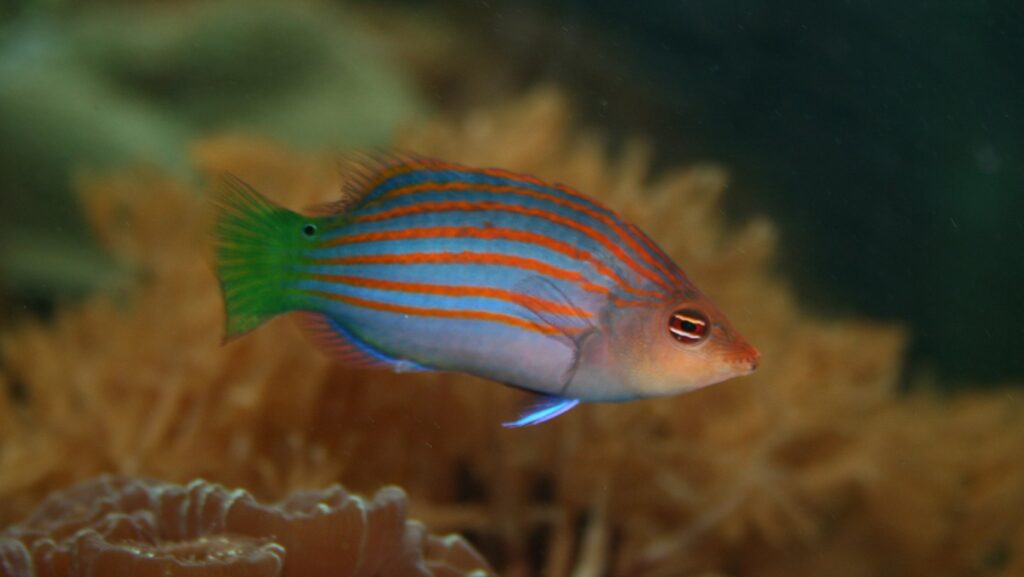
The Six Line Wrasse (Pseudocheilinus hexataenia) combines striking beauty with valuable utility for beginning reef keepers. As their name suggests, these fish display six horizontal electric-blue lines running the length of their reddish-purple bodies, creating one of the most vivid patterns in the hobby. Beyond their ornamental value, Six Line Wrasses eagerly hunt pest organisms like flatworms and small crustaceans that might otherwise plague reef tanks, providing natural pest control. Their active swimming behavior keeps them visible throughout the day as they patrol rockwork searching for small food items. While generally peaceful with dissimilar fish, they can become territorial with other wrasses or similar-shaped fish, so they’re best kept as the only wrasse species in tanks under 75 gallons.
Watchman Goby and Pistol Shrimp Pairs: The Symbiotic Duo
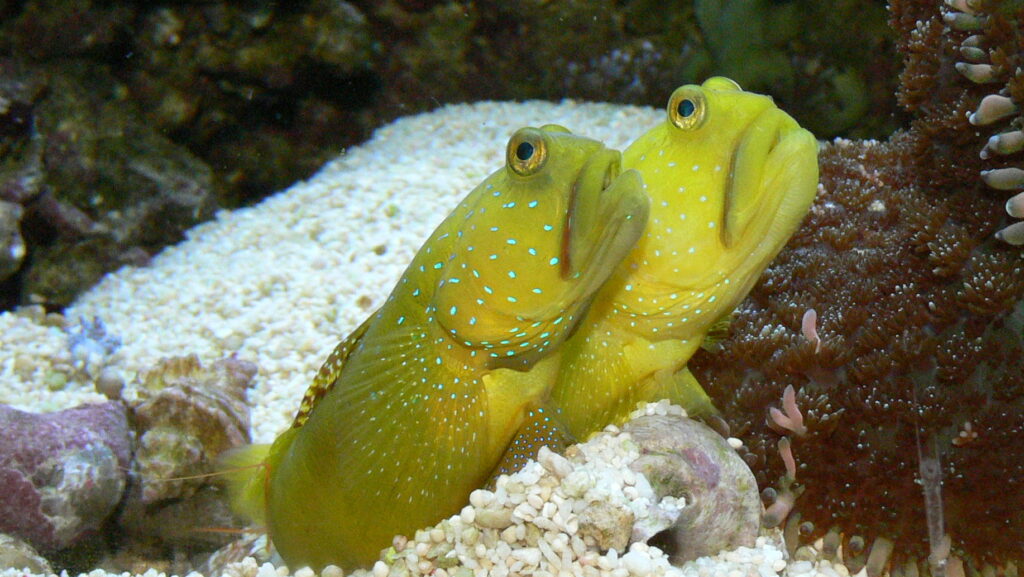
The Yellow Watchman Goby (Cryptocentrus cinctus) paired with a Pistol Shrimp offers beginners a fascinating glimpse into natural symbiotic relationships. This partnership features the brightly colored goby standing guard while the nearly blind shrimp digs and maintains their shared burrow, creating one of the most interesting natural behaviors observable in home aquariums. The goby warns of danger with tail movements that the shrimp can sense through antennae contact, while benefiting from the shrimp’s industrious den-building. Beginners will delight in watching the pair work together, with the orange-spotted shrimp frequently visible as it excavates sand and reorganizes the tank bottom. Both creatures are relatively hardy once established, though they require a sand substrate at least 2-3 inches deep for proper burrowing and territory establishment.
Setting Up for Success: Essential Tank Requirements
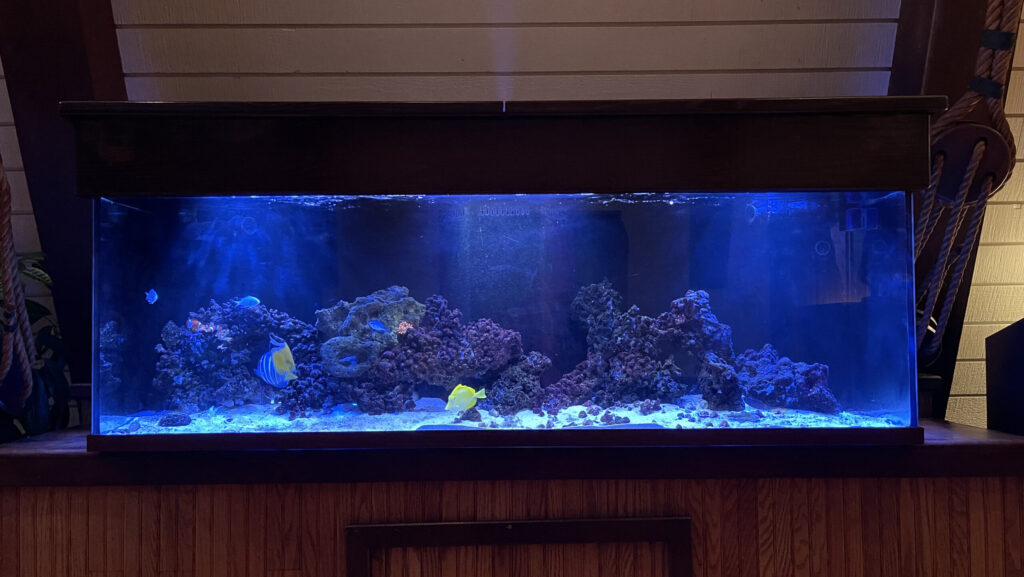
While these fish are considered beginner-friendly, they still require proper marine conditions to thrive. At minimum, new saltwater hobbyists should invest in reliable testing kits for ammonia, nitrite, nitrate, pH, and salinity, checking parameters weekly during the establishment phase. A stable tank requires appropriate equipment including protein skimmers to remove organic waste before it breaks down, and powerheads to create necessary water movement that prevents dead spots. Most beginner fish thrive in tanks of at least 30-40 gallons, as larger water volumes provide more stable conditions and forgiveness for occasional maintenance lapses. Perhaps most importantly, successful marine aquariums require patience – allowing at least 4-6 weeks for proper cycling before adding fish, and introducing new specimens slowly (one every 2-3 weeks) to prevent overwhelming the biological filtration system.
Feeding Your Beginner-Friendly Marine Fish
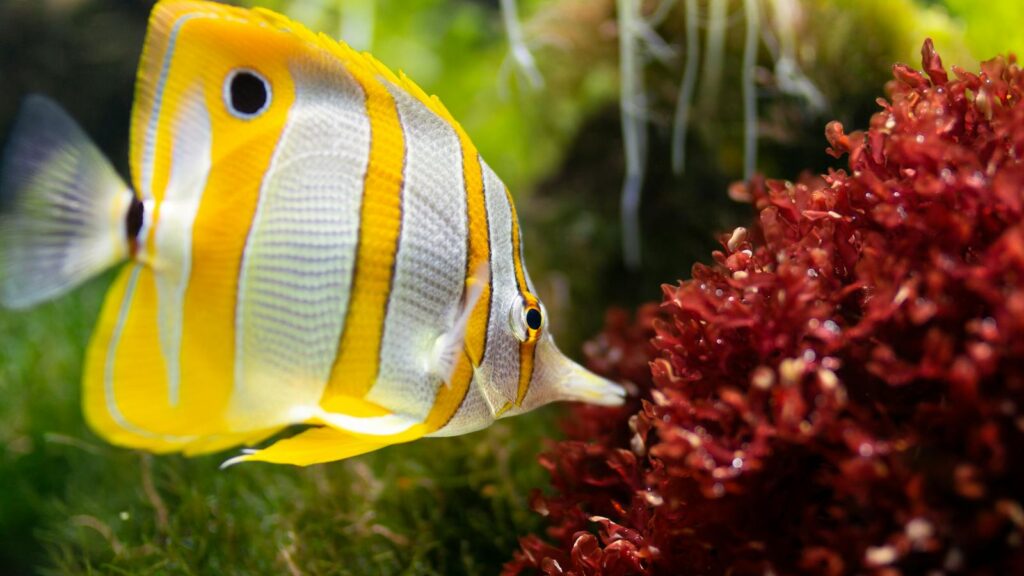
Proper nutrition forms the cornerstone of success with beginner saltwater fish, with most species on this list accepting a variety of prepared foods. High-quality marine flakes and pellets should form the foundation of their diet, supplemented with frozen foods like mysis shrimp, brine shrimp, and marine preparations that contain multiple ingredients. Many beginners underestimate the importance of feeding variety – even omnivorous fish benefit from alternating between plant-based and protein-based foods throughout the week. Small, frequent feedings (twice daily) of amounts consumed within 2-3 minutes generally prove more beneficial than single large feedings that may remain uneaten and pollute the water. For particularly shy species like Firefish or Banggai Cardinals, feeding with aquarium lights dimmed or using target feeding techniques can help ensure these more timid specimens receive adequate nutrition.
Common Mistakes to Avoid with Beginner Marine Fish
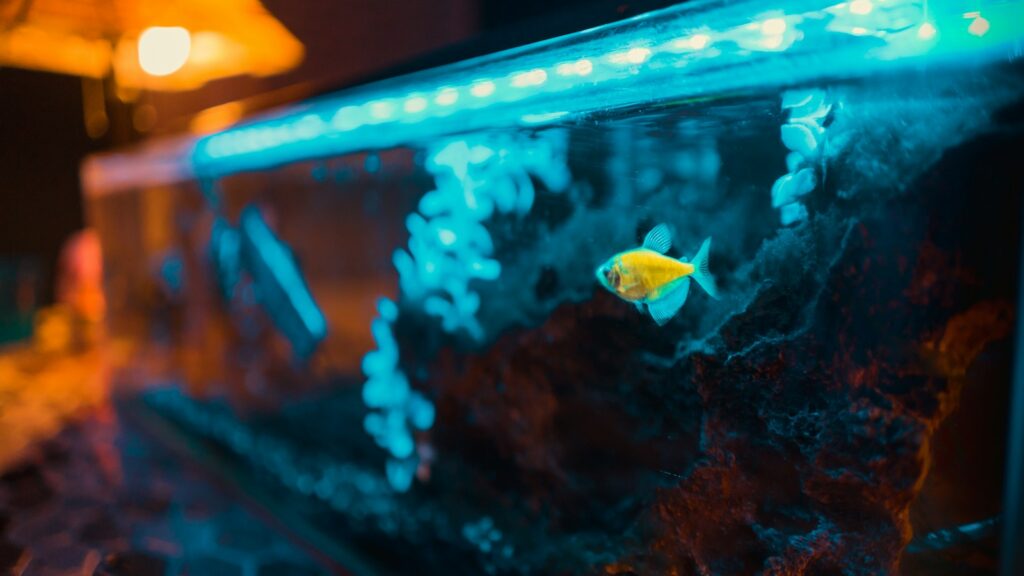
Even with hardy beginner fish, several common mistakes can lead to unnecessary stress or mortality. Rushing the acclimation process stands as perhaps the most frequent error, with many newcomers failing to properly temperature and pH acclimate new arrivals over 1-2 hours before release. Overstocking represents another critical mistake, with beginners often adding too many fish too quickly, overwhelming the biological filtration and creating ammonia spikes. Compatibility issues frequently arise when insufficient research leads to combining territorial species, like certain damselfish, with more peaceful species, like Firefish or Banggai Cardinals. Perhaps most detrimental is inconsistent maintenance – while these beginner fish forgive minor fluctuations, they still require regular water changes (10-15% biweekly) and equipment maintenance to maintain the stable environment necessary for long-term health and vibrant coloration.
Starting your saltwater aquarium journey with the right fish species can make the difference between rewarding success and frustrating failure. The species listed above offer the perfect balance of beauty and resilience for beginners, providing vibrant colors and interesting behaviors while forgiving the occasional mistakes inevitable during the learning process. Remember that even with hardy species, consistency in maintenance, appropriate equipment, and careful acclimation remain essential factors for success. By beginning with these beginner-friendly species and gradually building your knowledge and confidence, you’ll be well-positioned to expand your collection to more challenging species as your experience grows. The magical underwater world of a thriving saltwater aquarium awaits, ready to reward your care and attention with years of colorful, dynamic enjoyment.

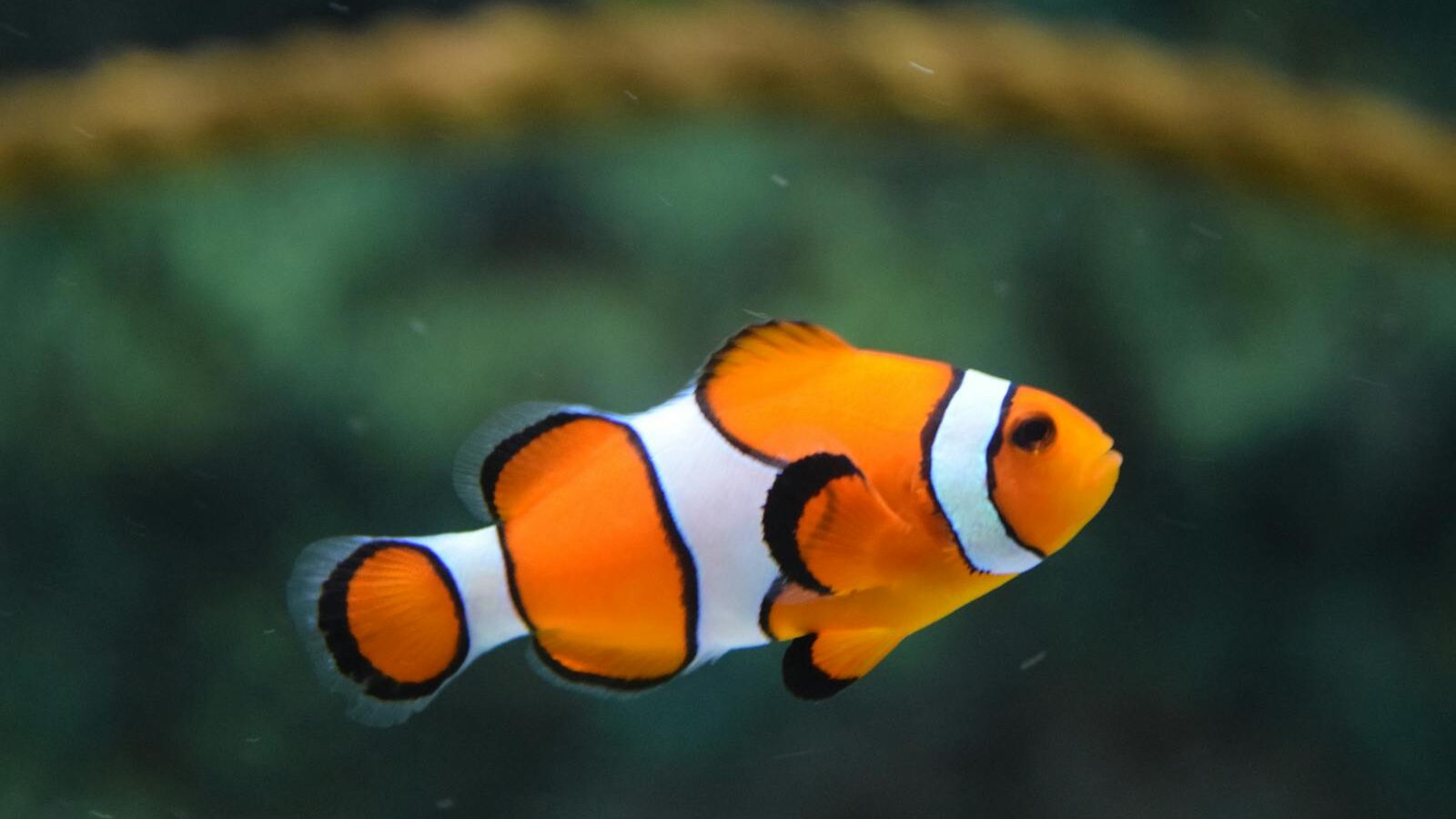
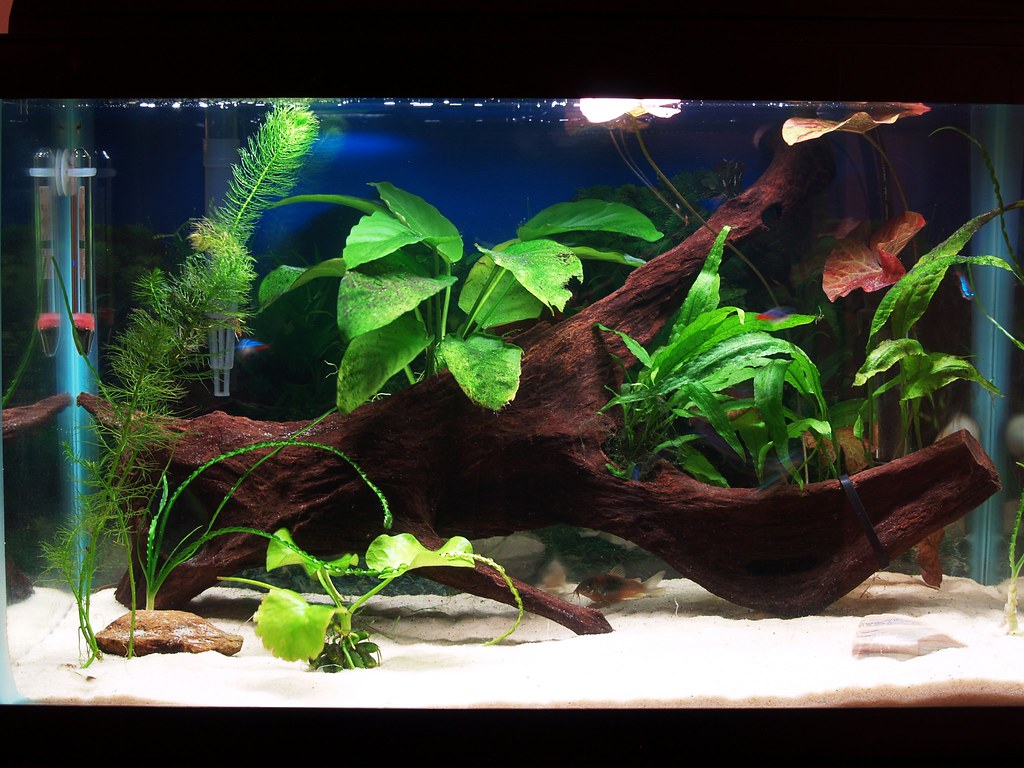
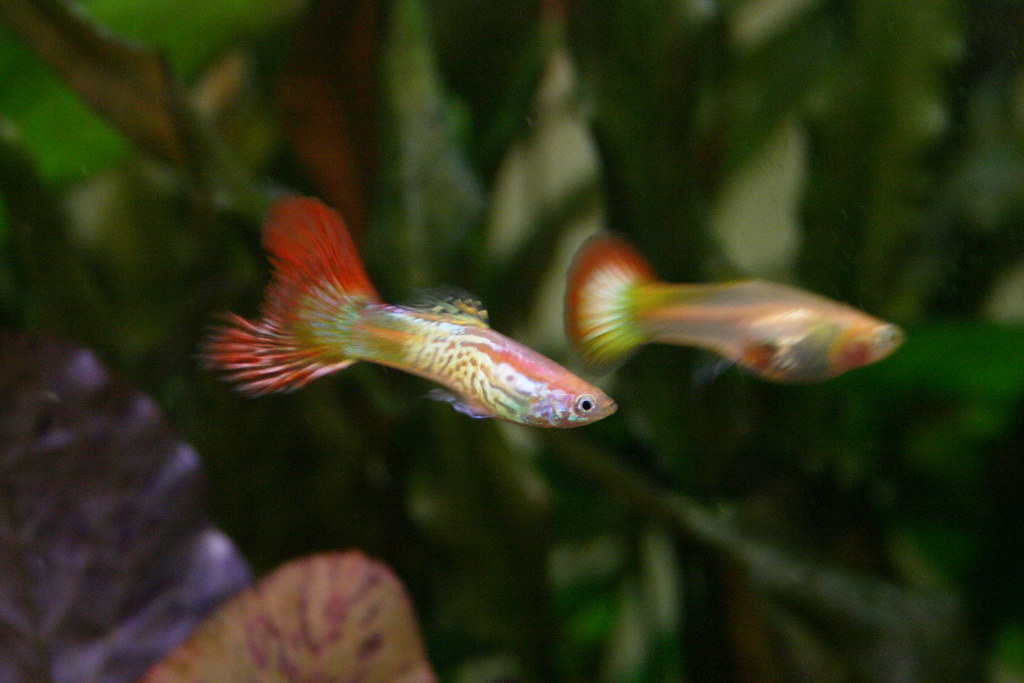


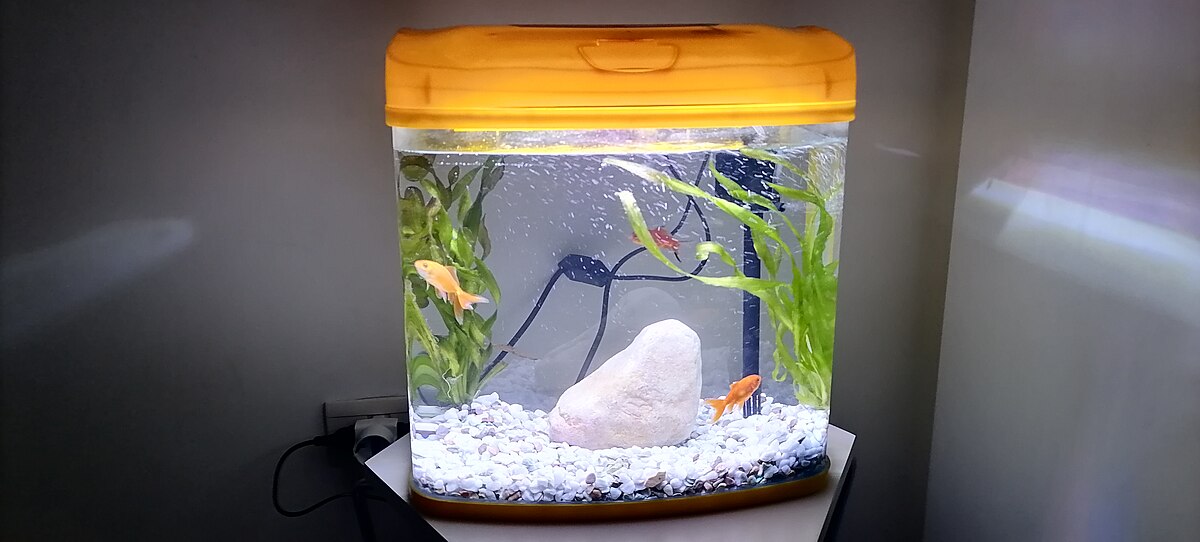
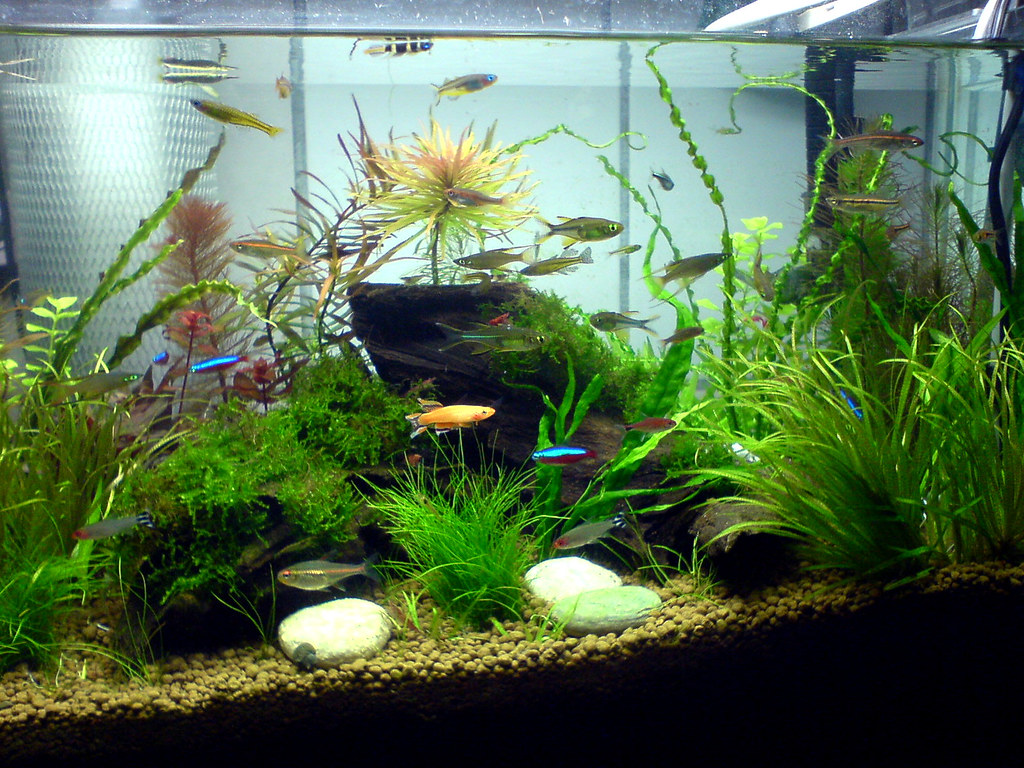
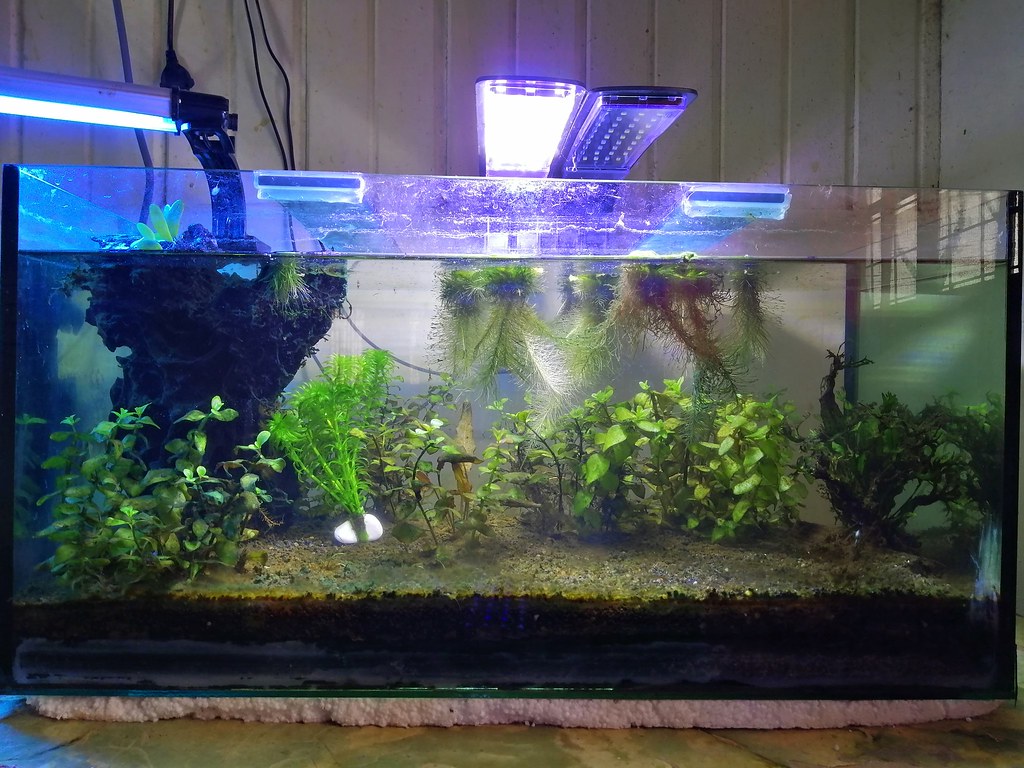
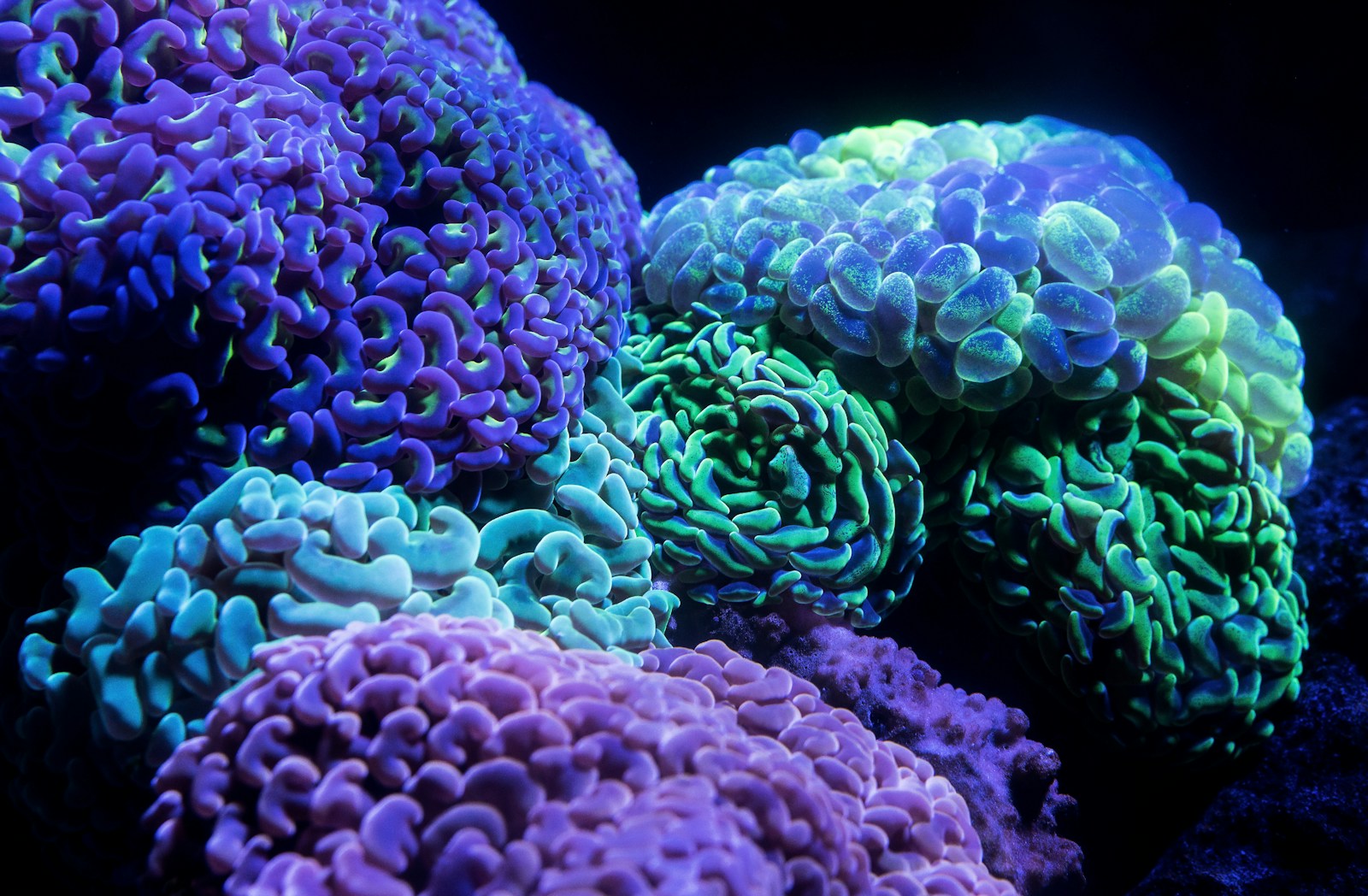

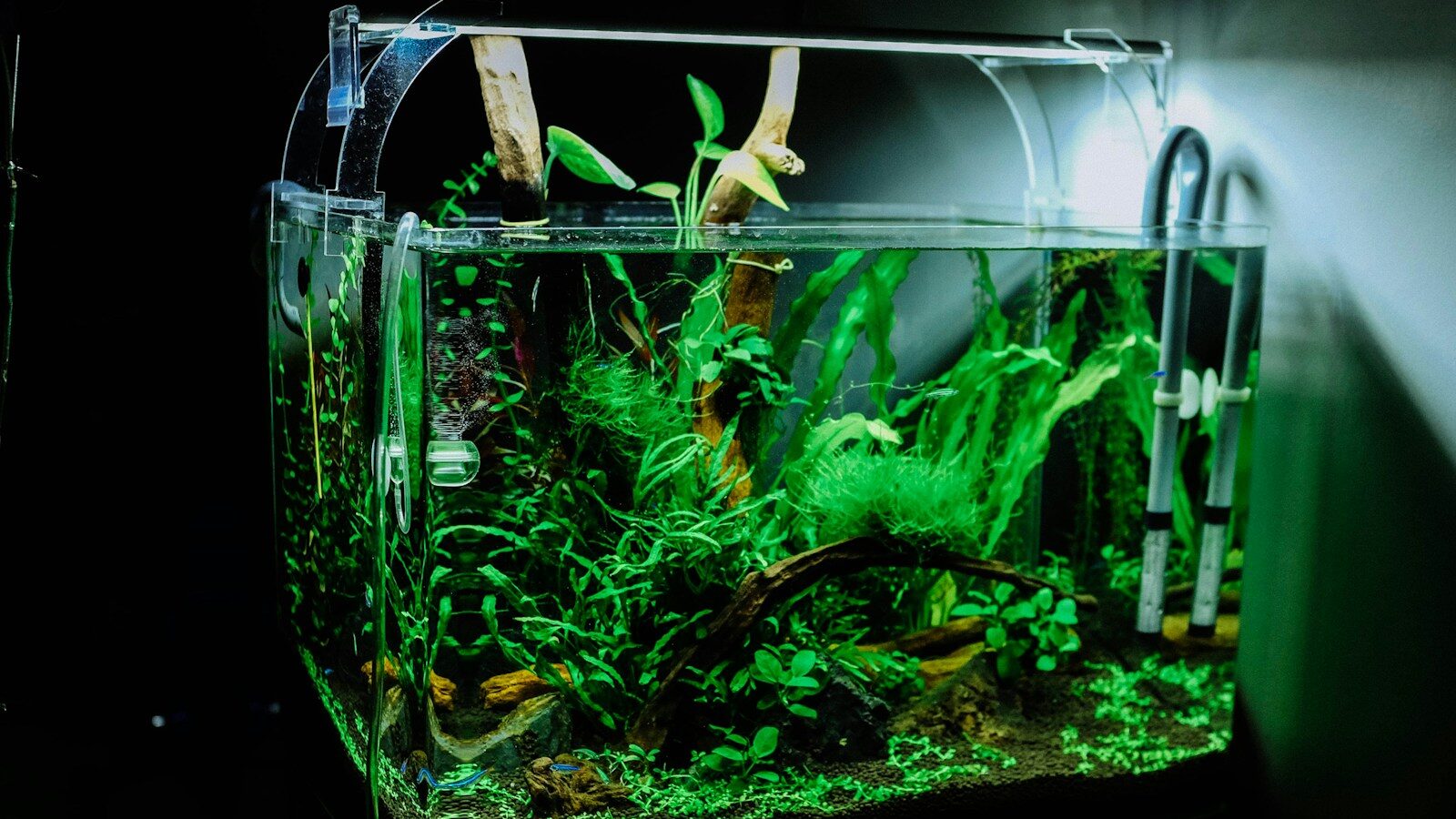




Leave a Reply